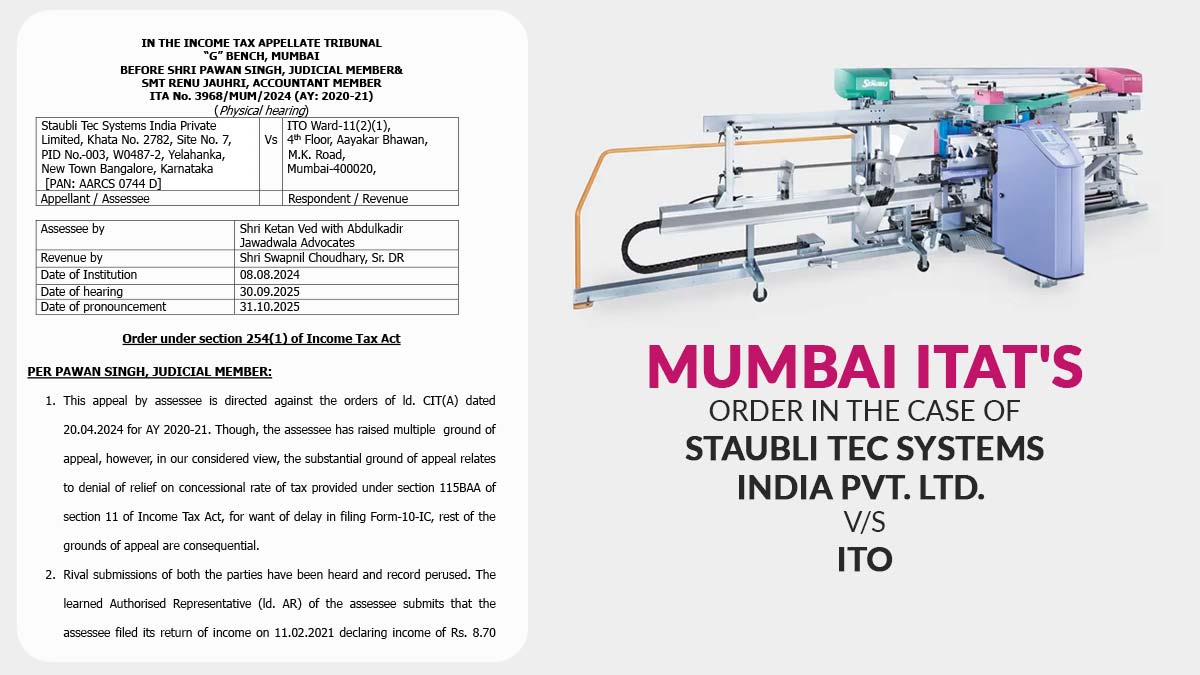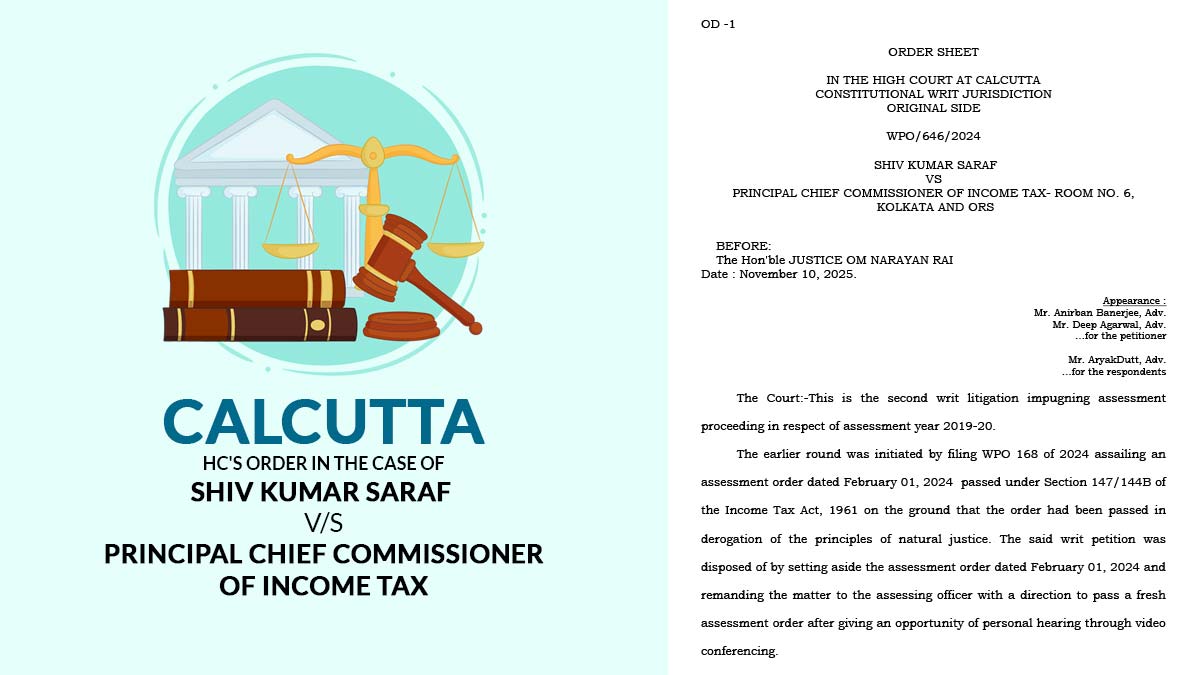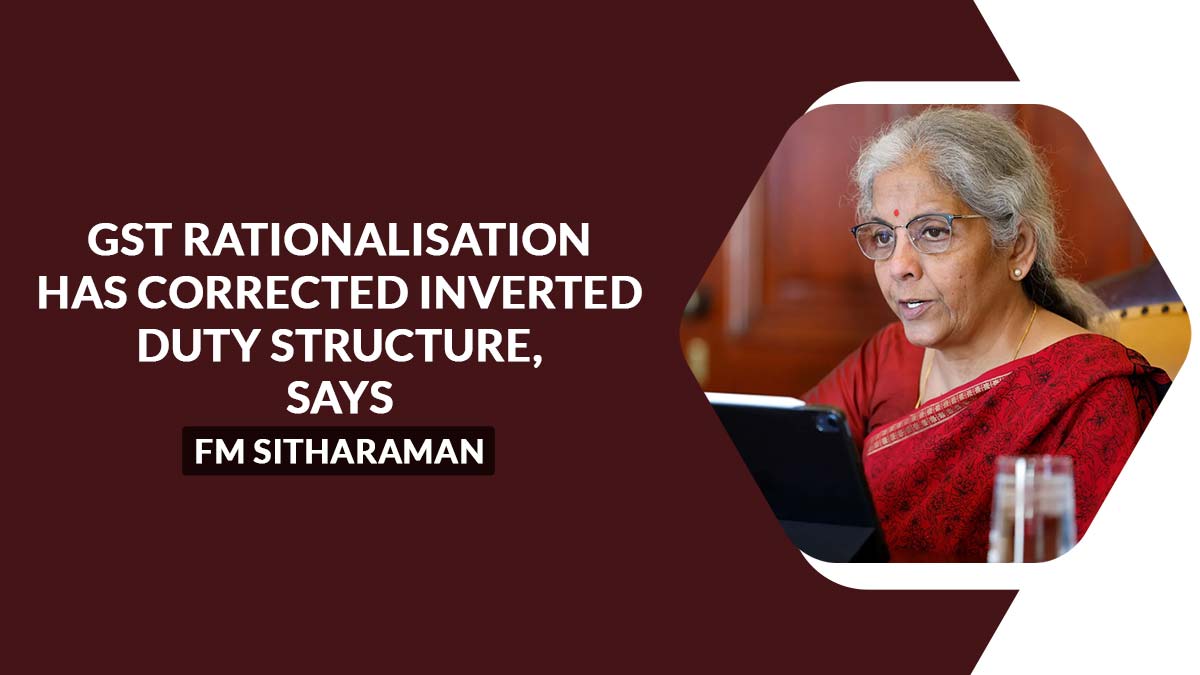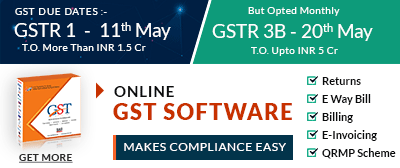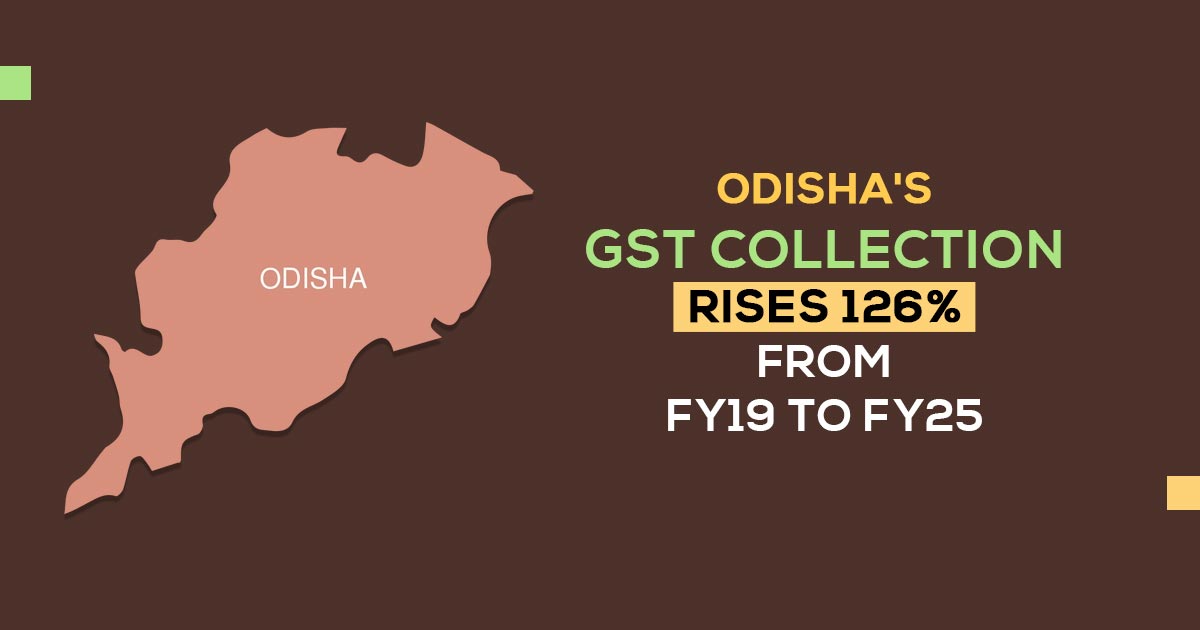
Eight years have passed since the launch of GST in our country on July 1, but it will be good to note how the states have performed in GST collection. Between FY19 and FY25, the state of Odisha has recorded the highest growth in collections.
The GST portal data specifies that the collections of Odisha rose 126.1 per cent since FY19, the first full year since the launch of GST, attaining Rs 60,928 crore in FY25. The state has a 14.6% compound annual growth rate (CAGR) between FY19 and FY25; the only State to overcome the 14% target specified in the compensation cess formula laid out at inception.
To expand the tax base of the state, it seems to have leveraged its mining and infrastructure activity, investing in strict legislation against evasion and bogus credits. The double push, which expands taxable value and makes oversight stronger, is its outstanding GST growth.
Other leaders
In the list, number one is Maharashtra foremost contributor in absolute numbers, reporting ₹3.59 lakh crore in FY25, up from ₹1.70 lakh crore in FY19 (111.3 per cent jump). Karnataka followed with ₹1.59 lakh crore, while Gujarat and Tamil Nadu crossed ₹1.3 lakh crore each.
GST, being a destination-based tax, generates higher revenues in States with large urban populations and high consumer spending. Maharashtra has advantages from Mumbai’s status as the financial capital and its industrial base in the State, while Karnataka witnesses substantial collections driven by Bengaluru’s role as India’s tech hub.
Robust GST numbers are received from Delhi and Haryana. The GST revenue of Haryana has risen 116.1% between FY19 and FY25, from real estate growth in NCR and increasing formalisation. Delhi rose 93.3%, supported by consumption-heavy sectors and enhanced compliance systems.
In the majority of states, recovery was evident after the pandemic. In FY21, the collection of GST decreased, but reversed in FY23. In specific sectors, revenge consumption, inflation, and real-time data analysis of GST e-way bills and e-invoicing supported the recovery.
The laggards
Among all the states, Uttarakhand represents the slowest rise, with a CAGR of 5.3% and only a 36.4% absolute rise. Experts attribute the same to the limited industrial diversification, logistical challenges, and overreliance on tourism, pointing out that more robust infrastructure and sectoral expansion are necessary for progress.
Read Also: India’s GST Collections Hit ₹2.01 Lakh Cr in May 2025, Up 16.4% Year-on-Year
Even after holding a robust economy, states like Gujarat and Tamil Nadu have reported a sluggish rise. These States had a huge formal economy and exporter base, which led to larger refund outflows and relatively lower net collections.
GST revenue may surge subsequently, though upholding the same momentum shall need states to invest in infrastructure and widen their economic base, and make the compliance procedure robust.




